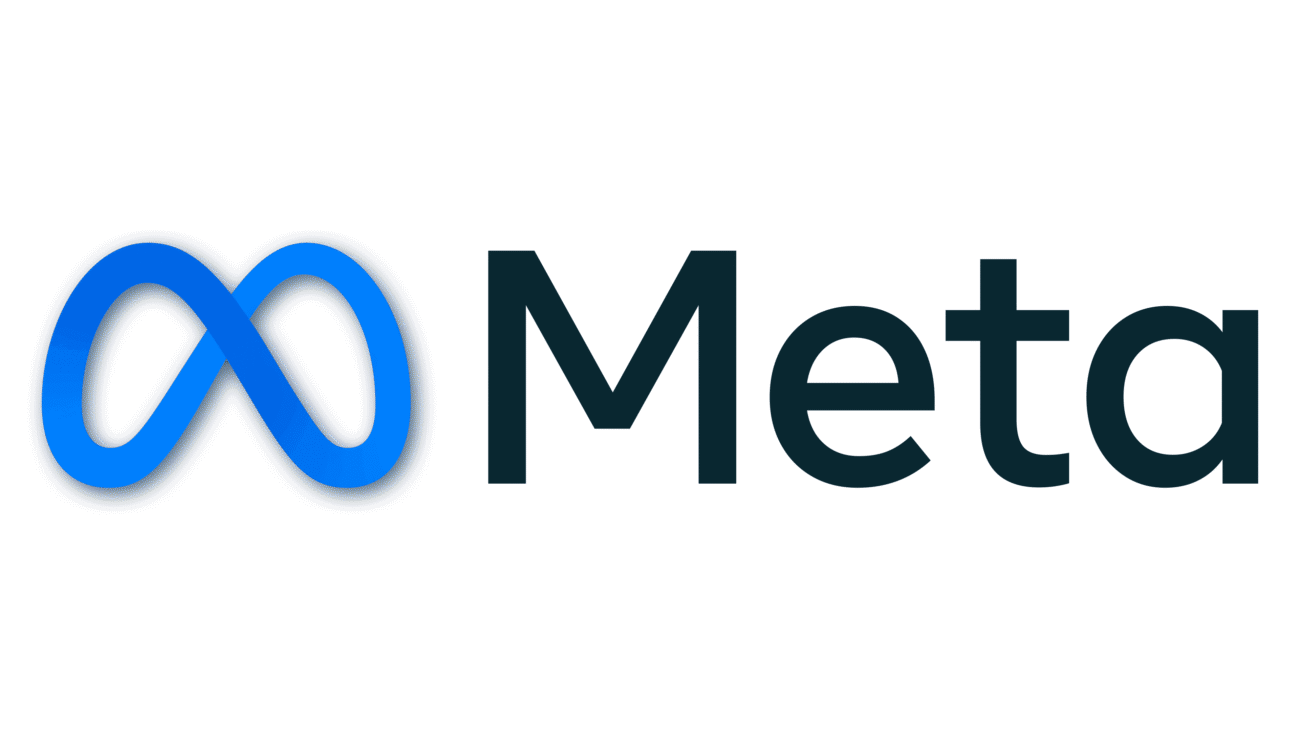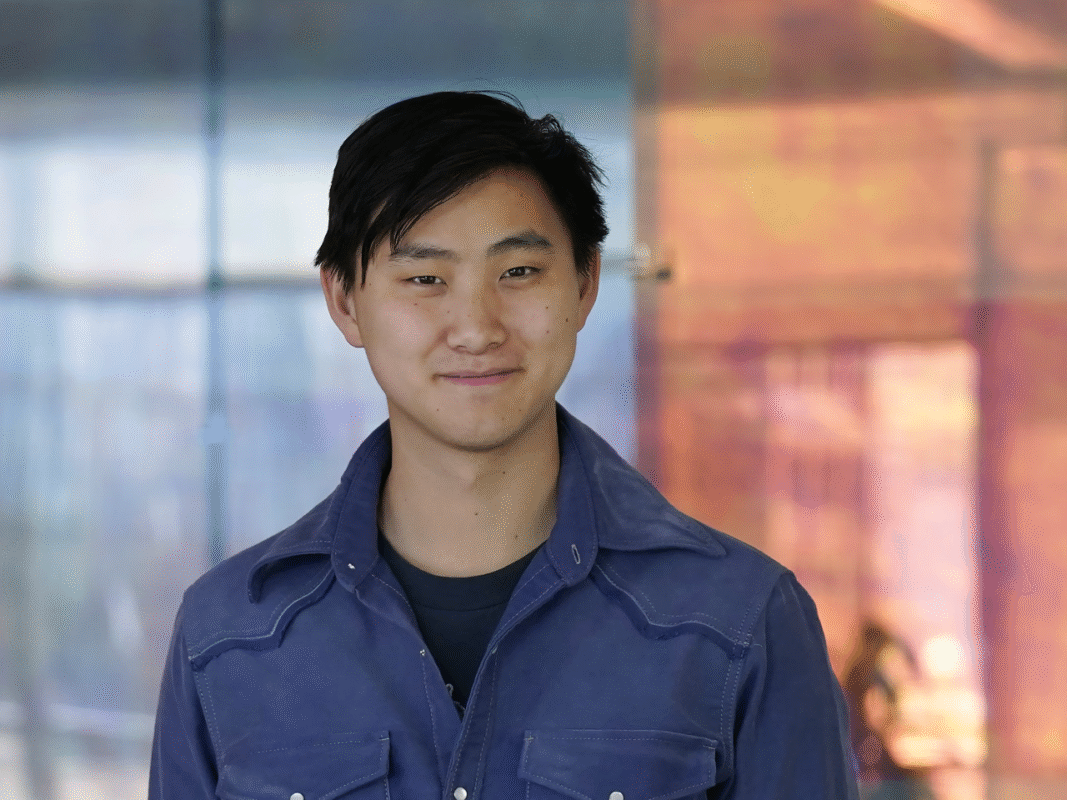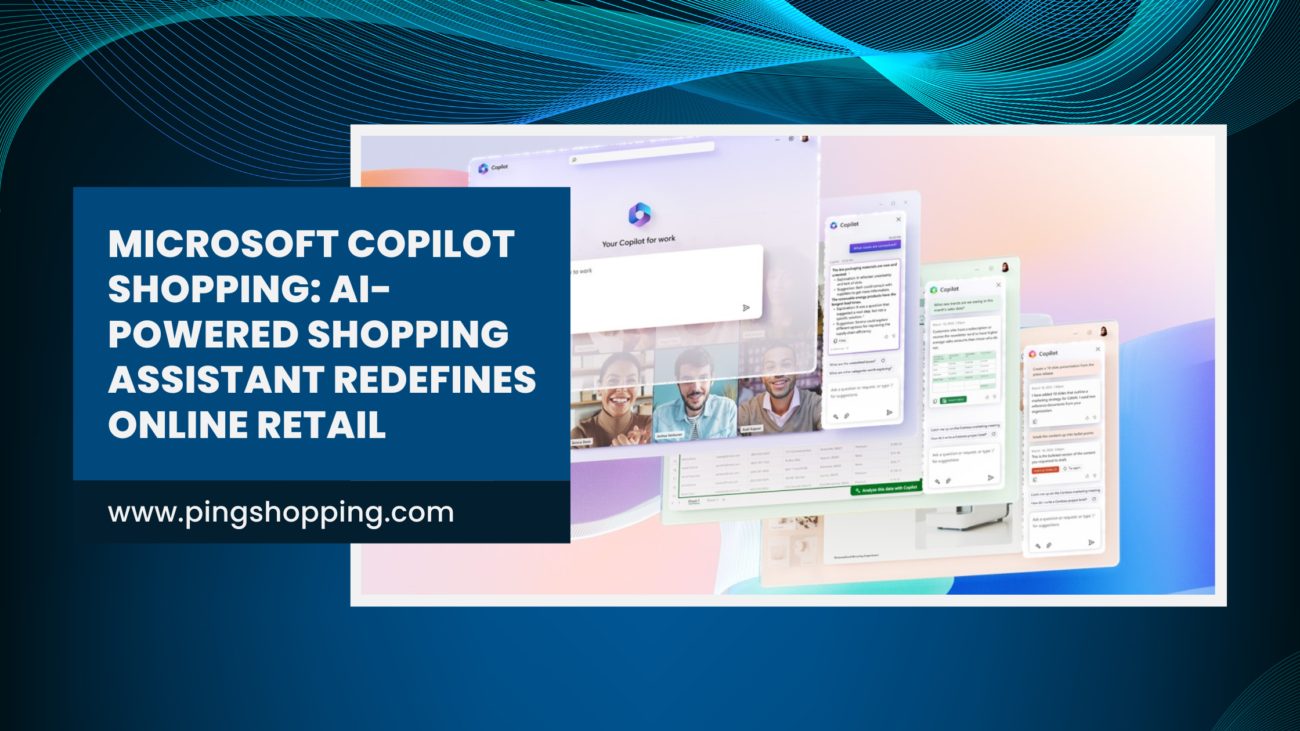In the constantly evolving world of Silicon Valley, Meta is turning towards artificial superintelligence. Having spent more than $46 billion on the metaverse to little avail, the CEO, Mark Zuckerberg, is now refocusing efforts on creating a Superintelligence Lab that could alter the future of AI forever.

With over $15 billion in initial investments, the establishment of Meta’s Superintelligence Lab has set off a wave of talent recruitment, strategic realignment, and existential discussions that are resonating throughout the international tech world. Essentially, this move is Meta’s attempt to spearhead the creation of artificial general intelligence (AGI) and retake its place as an innovator.
Table of Contents
Meta’s Superintelligence Lab: A New Chapter Begins
The establishment of the Lab was a stunning remake of Meta’s AI plan. The action took place in June 2025, following several months of atrophy, staff turnover, and the lackluster welcoming of the company’s AI models, such as the highly anticipated LlaMA 4.

To spearhead the effort, Meta bought a 49% interest in Scale AI for $14.3 billion, bringing along 28-year-old founder Alexandr Wang as Meta’s Chief AI Officer. Included in Wang was a team of top researchers and technologists now integrated into Meta’s Lab, which has become the focus of the company’s plans.
Situated next to Zuckerberg’s office at Meta headquarters in Menlo Park, Superintelligence Lab is physically and functionally isolated from the rest of Meta. That mirrors its high priority—and the exclusive focus of its people on building personal superintelligence that might surpass human-level intelligence.
Why Meta Is Rethinking Open Source?
For years, Meta was the open-source AI champion. Models such as LLaMA and Behemoth were open-sourced, allowing for independent developers and even rivals to build upon the innovations of Meta. That tradition is now being seriously reconsidered in the Superintelligence Lab.

Recent reports showed that Wang and the Superintelligence Lab’s top leaders have talked about dropping the open-source strategy for Behemoth, Meta’s most powerful AI model. The model underperformed on internal benchmarks, leading to the question of whether releasing it openly might undermine Meta’s competitive advantage.
“Zuckerberg explained in a 2024 podcast that he hasn’t committed to releasing every single thing that Meta does. It might be guiding Meta’s future direction. Turning toward closed models would be a major philosophical change, not only for Meta but for the whole AI business.
Revolutionizing Talent Recruitment
What makes the Superintelligence Lab special isn’t just its scope, but the extent to which Meta went to hire the world’s leading AI thinkers. Zuckerberg has spearheaded the effort himself, sending private WhatsApp messages to star researchers and providing nine-figure offers.

Some of those offers were reportedly over $100 million, chasing talent from OpenAI, Google, Apple, and Anthropic. Besides Wang, Superintelligence Lab comprises former GitHub CEO Nat Friedman, DeepMind researchers such as Jack Rae and Pei Sun, and OpenAI alums Jiahui Yu, Shuchao Bi, and Shengjia Zhao. Meta has assembled what it considers to be the most focused group of AI talent on the planet, centered in the Superintelligence Lab.
Meta’s Internal Divide
Seeing from another angle, it has also caused trouble inside Meta. At a recent Q&A session, Wang spoke about how he was careful to say that the Lab’s effort would remain private; he was unequivocal in stating that the entire AI unit is now focused on developing superintelligence. This has only added to concerns about an internal power dynamic change—one that consolidates decision-making powers within the Lab, possibly isolating veteran Meta AI hands.
Infrastructure as a Strategic Weapon
To complement the Superintelligence Lab, Meta is also funding its people strategy with an enormous investment in infrastructure. The firm is constructing multi-gigawatt data centers such as Hyperion, which will grow to 5 gigawatts—the equivalent of the electricity demands of a small city.
They are constructing these data centers with weatherproof tent structures to deploy quickly. Meta says it has “more compute per researcher” than any competitor, so compute is a major draw for top AI talent coming into the Superintelligence Lab.
“We can fund all this through the company’s cash flow,” Zuckerberg said. This infrastructure-first strategy highlights the fact that Meta is not only competing with OpenAI or Google on concepts, but on raw hardware and scale, fueled by the requirements of the Superintelligence Lab.
Meta’s Vision: Personal Superintelligence
Zuckerberg’s vision for AI is a personal one. While the other labs aim to automate employment and enhance economic production, Meta is going after daily life, creativity, relationships, and human cognition.It’s creating AI that can process through AR glasses, serving as a personal assistant that looks, remembers, and enhances a user’s experience in real time.
Zuckerberg warned that you will have a cognitive disadvantage by not having any AI glasses. This future sees AI as a life co-pilot, profoundly integrated into the human condition—an aspiration the Superintelligence Lab is striving to make real. While Meta plows tens of billions into the Superintelligence Lab, people can’t help but ask: will this bet pay off where the metaverse didn’t?
The road to AGI remains uncertain. Even Meta’s Chief AI Scientist, Yann LeCun, has questioned whether today’s methods are enough to achieve superintelligence. With sole talent, proprietary models, world-class infrastructure, and a single-minded mission, Superintelligence Lab is Meta’s best—and possibly last—hope to set the next wave of technological innovation.
The War for Intelligence Has Begun
Meta’s Superintelligence Lab isn’t merely an initiative. The brand is reimagining itself. It is a milestone not only for the company but for the whole AI industry. From billion-dollar buys and philosophical paradigms to culture shocks and infrastructure megaprojects, the stakes are unimaginable.





